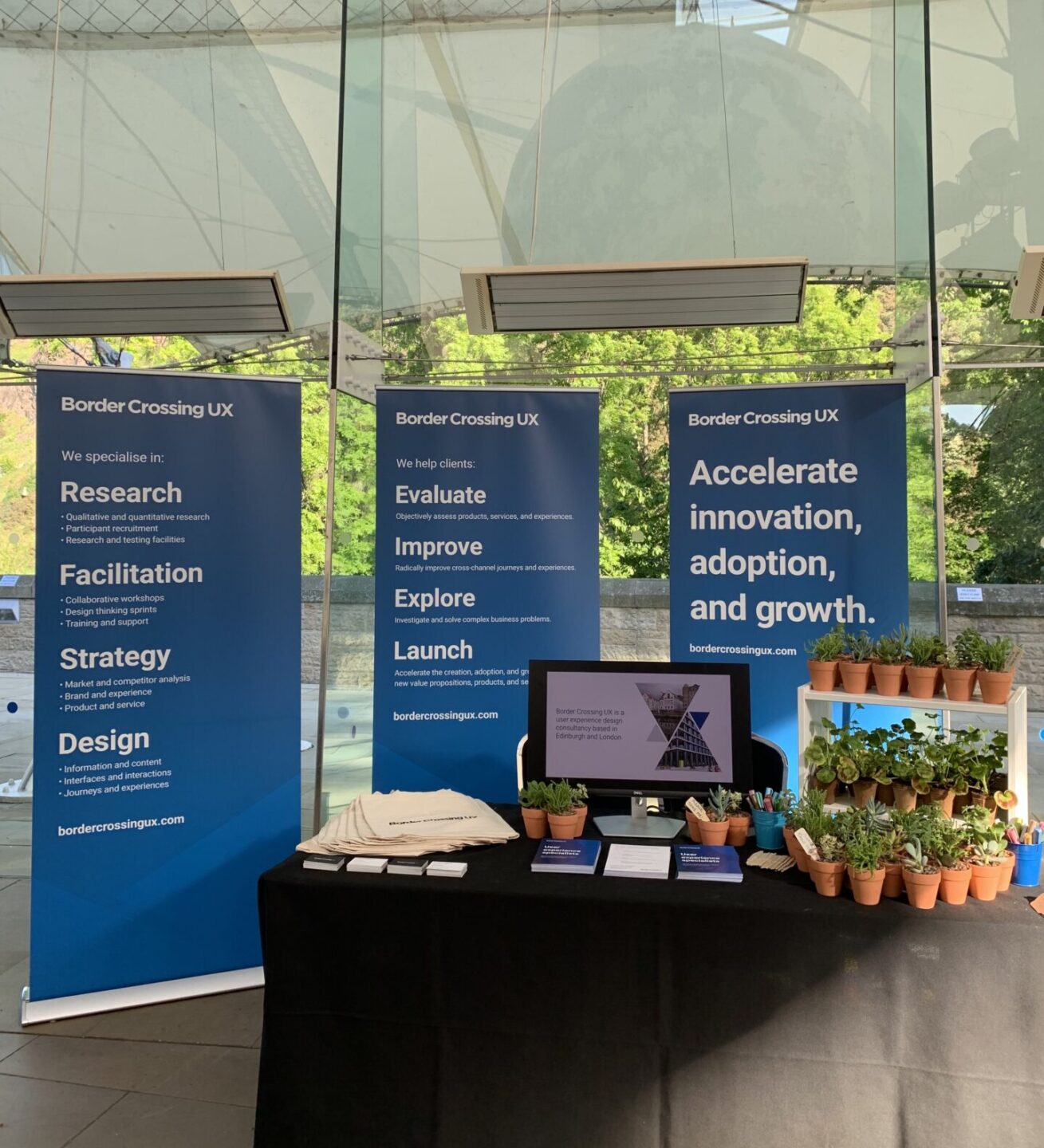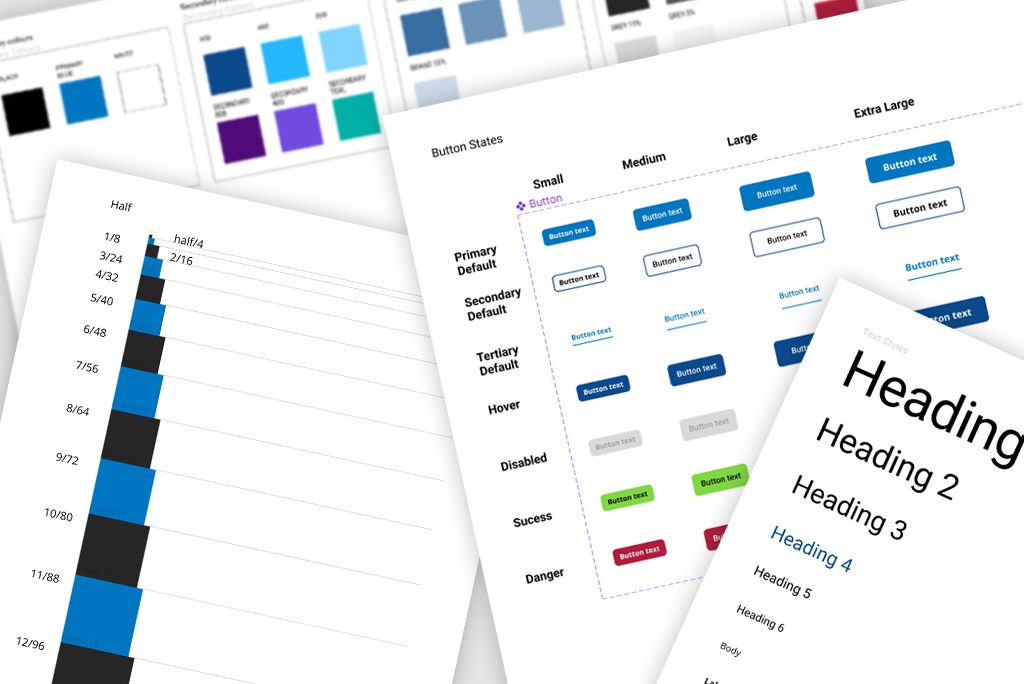Understanding the way in which your Customers or users interact with your website is vital. If a user has an average or negative experience when using your website it can have serious implications for your business.
Monitoring what people do on your website allows you to identify and make the improvements that matter to your Customers. Here are three practical things that you can do, for free, today:
1. Speed Up

How long does it take your website to load? Speed is critical to your Customers and how they perceive your brand.
It is a common misconception that long page loading times are solely due to large images. The reality is that most ‘bottle-necks’ that currently slow a website down are due to uncompressed scripts, widgets and complex data processing.
The first step to speeding up your website is to find out what is slowing it down! There are some great free tools that you can use to investigate what you need to address.
We recommend either Google Page Speed or Yahoo’s YSlow to identify any problem areas with your website. Once you know what is slowing the website down you can fix it to ensure a user experience that doesn’t frustrate your Customers by making them wait.
2. Content is key

Great content is key to any successful online presence. No matter who you are, your Customers are coming to your website for your content. Ensuring that your content is both engaging and regularly updated will encourage repeat visitors and will organically improve your Search Engine Rankings.
Do you know which content on your website works for your Customers? Are you investing in the right content to drive your business?
You can find out what your visitors are responding to on your website by using free and paid-for analytic programs such as Google Analytics, Kissmetrics and ClickTalk. They will identify where people are spending their time and subsequently where you should spend your money to increase engagement.
3. Make it easy

The way that your website is architected directly influences the way in which people use your website. Focussing your layout on allowing your Customers to fulfil their needs quickly and efficiently is key to a users’ quality of experience.
The only way to ensure your website works the way your customers want it to is to test it. The first step is to research your users’ main objectives. Once their primary needs are identified you can arrange the layout of your website to allow them to do what they want and influence them to take the actions you want.
Decide on the changes to the flow of the website that matter then test them. We use Google Website Optimiser for all A/B testing. This tool allows us to show alternatives to design, content or flow to before fully implementing the changes. The program then monitors and tracks the differing responses to variations and gives you real data as to which alterations have the biggest impact on conversion rates. This way you can make informed decisions that guarantee a return on investment.
There is no doubt that monitoring and tracking how your website performs will enhance your ability to communicate and interact with your Customers online.


